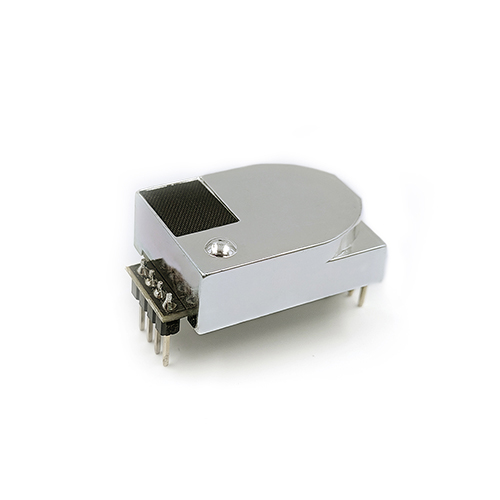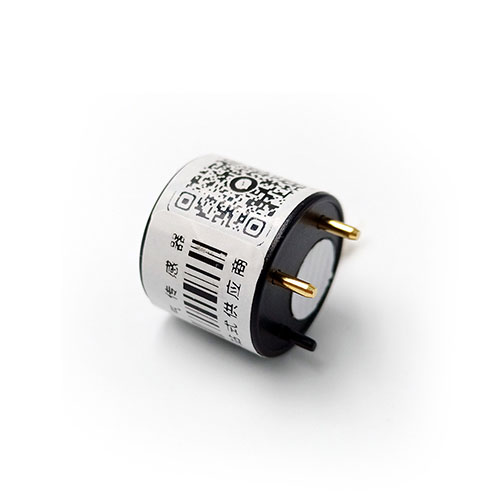Ventilator co2 sensor
Breathing is an indispensable metabolic method for human survival. Under normal circumstances, the oxygen taken in by healthy people through respiratory activities can meet the oxidative metabolic needs of human organs and tissues. However, if the physiological function of the respiratory system is damaged, such as chemical poisoning, drowning shock, suffocation and other respiratory failure, oxygen and artificial respiration are required for rescue treatment. Therefore, ventilators are essential emergency equipment for medical units at all levels and play an irreplaceable role in buying precious time and saving the lives of critically ill patients.
A ventilator is a device that can alternatively control or change the body’s normal physiological breathing, increase lung ventilation, improve respiratory function, reduce respiratory power consumption, and save cardiac reserve capacity. Gongcai.com learned that in recent years, with the gradual deepening and comprehensive understanding of respiratory physiology by scientific researchers, as well as the continuous advancement of electronic and mechanical technology, the performance of ventilators has been increasingly improved, and its application scope has also been increasingly expanded and popularized.
Ventilators are indispensable for patients with symptoms of sleep difficulty breathing. Generally speaking, when a person sleeps, muscles usually relax naturally, narrowing the upper airway, which can reduce the amount of oxygen in the blood and cause waking up from sleep. In the long run, it will not only seriously affect sleep and bring inconvenience to work and life, but may even cause various respiratory diseases and threaten health. Therefore, there are various sensors in the ventilator, such as CO2 sensor 、O2 sensor and pressure sensor, to monitor some data during human breathing.
Cars emit exhaust gas, and factories also emit waste water and waste gas. The human body is the same, there are also wastes to be discharged. Human cells use the oxygen brought by red blood cells to oxidize glucose or fat to produce carbon dioxide and water. The red blood cells and blood then take the carbon dioxide back and exhale it with the lungs. At the same time, red blood cells are filled with oxygen and are transported into the cells. This goes on and on and constitutes the body’s metabolism.
Why does the human body exhale CO2? The human body inhales oxygen, oxygen enters the blood, and the blood transports oxygen to various organs. In this process, waste gas is produced, that is, carbon dioxide. The blood transports carbon dioxide to the lungs, where gas exchange occurs in the alveoli of the lungs, expands through the lungs, and removes carbon dioxide. excreted.
However, people who have difficulty breathing have impaired lung function and cannot eliminate carbon dioxide normally. In this case, they need to use a ventilator. The Ventilator co2 sensor can monitor changes in CO2 content during the patient’s breathing. The high-speed response infrared carbon dioxide sensor (CO2 sensor) is sensitive, it measures up to 100% CO2 concentration, and comes with an inflow adapter. The Ventilator co2 sensor can take 20 readings per second and is suitable for applications that need to detect rapid changes in CO2 concentration. Its low power requirements make it ideal for battery-powered systems, ventilators, metabolic assessments, and more.








